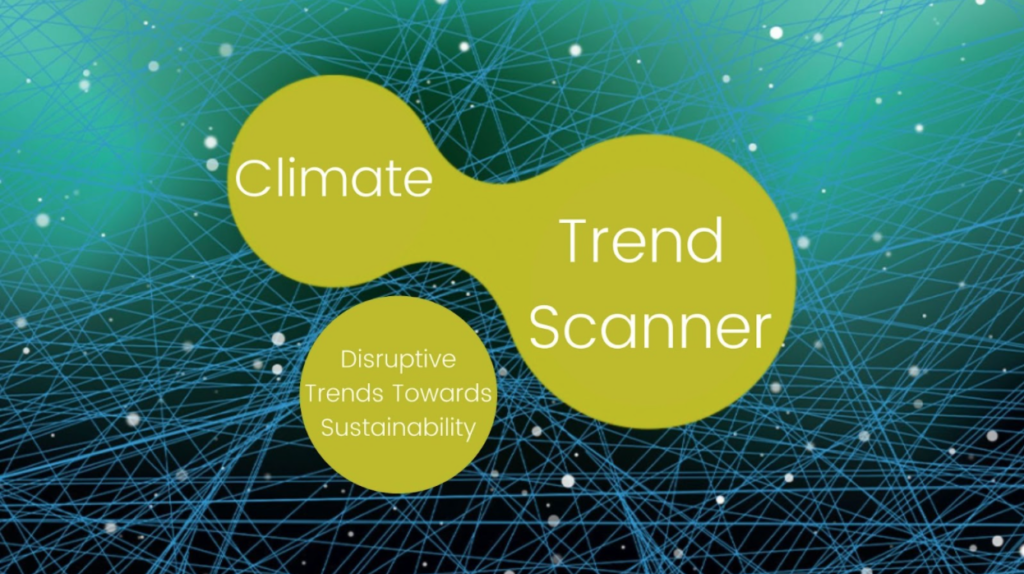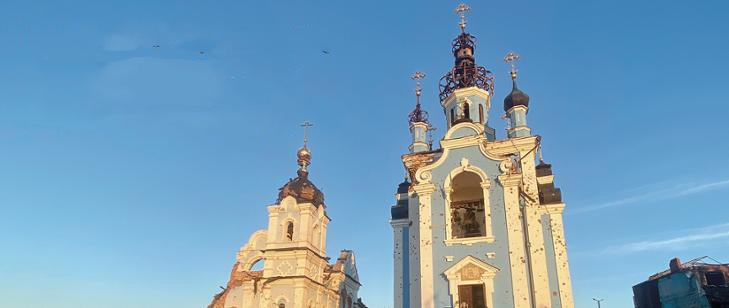By Eliot Frazier, Head of AI Infrastructure
Consider the case of a government decision-maker, given a budget to invest in technology to combat your nation’s contributions to global climate change. Which avenues might you explore to make optimal use of the allocated budget? How would you navigate technologies and trends for consideration? Where would you find the most prominent experts and researchers to consult, and explore the sphere of suppliers for a given space? With the vast scale of the coverage around climate change in the modern media landscape, maintaining a complete view on trends and innovations using traditional means has become an impossibility.
The aims of the Climate Trend Scanner project strive to deliver a progressive AI-driven approach to media research, empowering third sector decision-makers and researchers in the climate change prevention space. In partnership with RISE and the UNDP, our team of volunteers is building out an end-to-end AI media aggregation and analysis toolset, leveraging technologies from the NLP and network modelling disciplines. Our users will be able to explore visualisations and summary statistics around media sentiment and media coverage levels over time. Our network analysis tool models the main players by topic: both organisations and individuals. The platform will enable users to filter and explore media coverage based on specific technologies and trends, sliding time windows, and location-based filters.
Throughout the summer, Head of AI Infrastructure Eliot Frazier has created a volunteer team for Climate Trend Scanner. This includes Lindsey Asis as Project Coordinator, Mikael Berglund as the Project Manager, and volunteers Skander Soltani, Sonal Singh, Christine Mwase, and Vaishnavi Kandala. Currently, our team is midway through planning and beginning to build the first functional codebase.
![]()
This project is now supported by Microsoft’s AI for Earth program, providing us with free Azure credits to run our models







